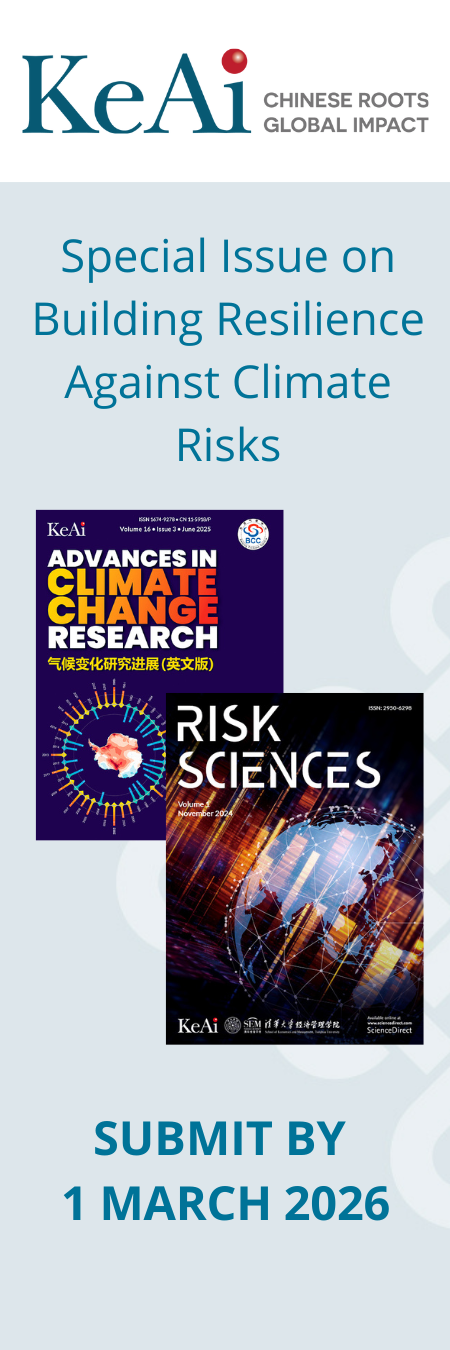Earth Observation for Urban Climate Resilience
Published 24 October, 2025
Introduction:
As hubs of economic activity, urban areas are significant contributors to greenhouse gas emissions. Meanwhile, their dense populations and infrastructure render them highly vulnerable to the intensifying climate change-induced hazards—including heatwaves, flooding, droughts, and sea-level rise—exacerbated by global warming trends. Amid unprecedented urban expansion and accelerating climate change, building urban climate resilience—the capacity to anticipate, prepare for, respond to, and recover from climate-related shocks and long-term stresses—has become an urgent global imperative for achieving sustainable urban development.
Satellite remote sensing, when integrated with aerial imagery and advanced geospatial analytics, offers a critical, synoptic perspective on urban systems. Earth Observation (EO) data, in this context, serves as an indispensable tool: it enables the quantification of climate change-driven risks, tracks long-term environmental changes linked to climate variability, evaluates the effectiveness of climate adaptation strategies (such as green infrastructure deployment), and provides evidence-based insights to inform policies for fostering resilient urban futures in the face of a changing climate.
This special issue of Advances in Climate Change Research seeks original research articles, comprehensive reviews, and practical case studies that deepen the understanding of EO's role in enhancing urban resilience specifically to climate change impacts. We welcome contributions that utilize EO data to assess urban vulnerability to climate-driven extreme events and evaluate the efficacy of climate adaptation strategies. Additionally, we encourage submissions that advance methodological approaches for EO-based urban climate resilience research through emerging technologies, including artificial intelligence, machine learning, and big data analytics tailored to climate-related urban challenges.
This special issue aims to showcase innovative research that positions Earth Observation as a foundational element—transcending its traditional role as a mere diagnostic tool—for building sustainable, climate-resilient, and equitable cities capable of withstanding future climate uncertainties.
Topics covered:
1. Climate Change-driven Risk and Urban Vulnerability Assessment
- Mapping urban exposure and vulnerability to climate change-amplified extreme events, including extreme heat (linked to urban heat islands and global warming), droughts (exacerbated by climate variability), and floods (intensified by changing precipitation patterns and sea-level rise).
- Multi-hazard risk assessment and modeling in metropolitan areas, with a focus on interactions between climate change drivers (e.g., rising temperatures, altered hydrological cycles) and urban vulnerabilities (e.g., aging infrastructure, population density).
- Sea-level rise impact assessment (tied to global climate warming) and strategies for enhancing coastal urban resilience, including EO-based monitoring of coastal erosion and inundation risks under future climate scenarios.
2. Evaluation of Adaptation and Mitigation Strategies for Urban Areas
- Monitoring urban sprawl and land consumption, with an emphasis on how these trends exacerbate urban climate vulnerabilities (e.g., reduced green space for heat mitigation, increased impervious surfaces worsening flood risks) and inform land-use planning.
- Evaluating the efficacy of Nature-based Solutions (NbS) for urban climate adaptation—such as urban forests, green roofs, and wetland restoration (e.g., heatwave cooling, flood attenuation) using EO data.
- Carbon sequestration mapping in urban ecosystems, aligning with global/regional climate goals, leveraging EO-derived biophysical parameters.
3. Advanced Methodologies and Data Fusion for EO-based Urban Climate Research
- Novel applications of artificial intelligence (AI), machine learning, and deep learning for urban EO data analysis, specifically tailored to address climate change-related urban challenges (e.g., simulating climate-driven extreme event impacts, delineating and classifying climate-resilient functional zones).
- Fusion of multi-source EO data (satellite, aerial, UAV, in-situ) to enhance the accuracy and temporal-spatial resolution of urban climate resilience metrics (e.g., heat stress indices, flood risk maps, carbon stock estimates).
- Development of new indices and algorithms for urban climate studies, designed to capture climate change impacts on urban systems.
Submission instructions:
Prior to submission, authors are required to carefully read the Guide for Authors of Advances in Climate Change Research. All manuscripts must be submitted online ; during the submission process, please select the special issue category <Earth Observation for UCR> to ensure your work is routed to this issue.
Submission deadline: 31 December 2026
Guest editors:
- Lin-Lin LU, Aerospace Information Research Institute, Chinese Academy of Sciences, China. E-mail: lull@radi.ac.cn
- Yifang BAN, KTH Royal Institute of Technology, Sweden. E-mail: yifang@kth.se
- Vilas NITIVATTANANON, Asian Institute of Technology, Thailand. E-mail: vilasn@ait.asia
- Yong XUE, Nanjing University of Information Science and Technology, China. E-mail: yxue@nuist.edu.cn
- Hua-Dong GUO, Aerospace Information Research Institute, Chinese Academy of Sciences, China. E-mail: hdguo@radi.ac.cn

